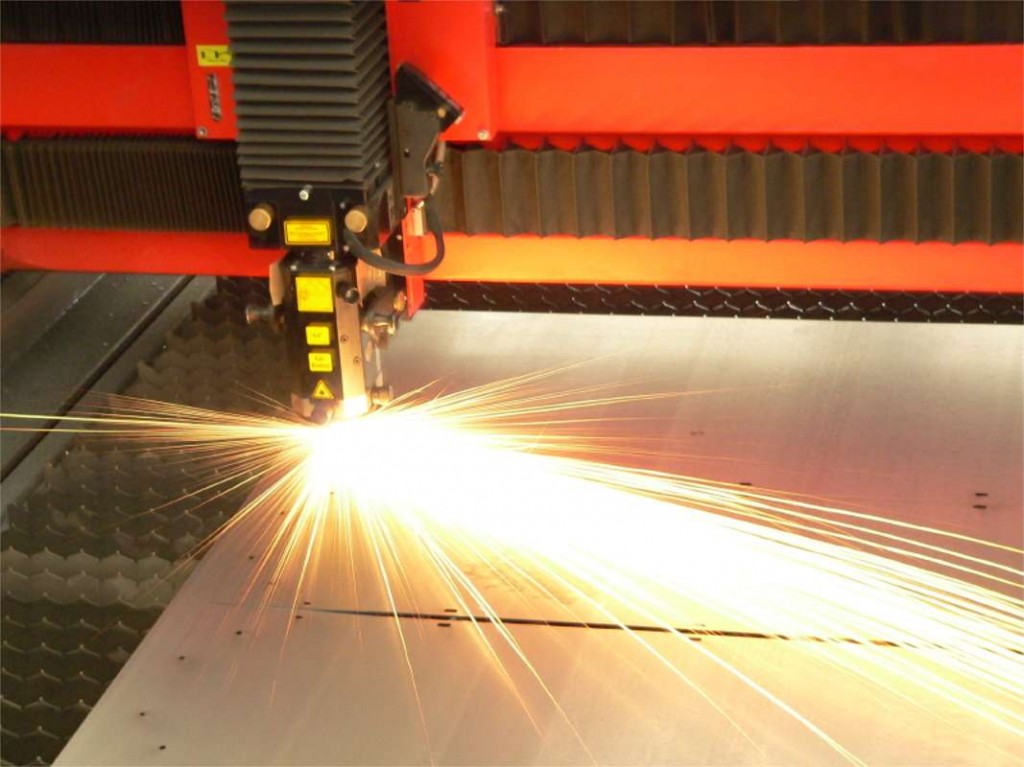 Industries engaged in sheet metal fabrication can very well benefit from the modern laser cutting technology. It is the best option to consider when you want to achieve accuracy and precise outputs on your projects. The process involved in laser cutting consists of utilizing laser beams to cut through different materials according to set specifications. There is a controlling software that is used to set the cutting requirements to come up with materials that have been precisely cut based on the specifications. There are also laser converting applications intended for kiss-cutting, scoring, laser etching, laser perforation, laser welding, and drilling.
Industries engaged in sheet metal fabrication can very well benefit from the modern laser cutting technology. It is the best option to consider when you want to achieve accuracy and precise outputs on your projects. The process involved in laser cutting consists of utilizing laser beams to cut through different materials according to set specifications. There is a controlling software that is used to set the cutting requirements to come up with materials that have been precisely cut based on the specifications. There are also laser converting applications intended for kiss-cutting, scoring, laser etching, laser perforation, laser welding, and drilling.
Laser cutting vs. Traditional cutting
Laser cutting is a very versatile process as it can be employed to perform cutting tasks on all sorts of materials you can think of – boards, paper, textiles, plastics, and hard metals. Compared to mechanical cutting and other forms of traditional cutting methods, cutting through the aid of laser is definitely more efficient and accurate. There is basically no pattern, form, or shape that would be difficult for a laser to tackle as there are corresponding methods that lasers can perform to produce the proper output; cutting techniques like melting, burning, or vaporizing would ensure that laser would always produce clean and sharp edges.
Types of Laser Cutting
Laser cutting is generally classified into two types: the CO2 laser and the YAG laser. YAG lasers are used to tacked tough projects that would involve engraving in hard materials like ceramics and metal. CO2 laser, on the other hand, is used for common services that would require cutting of mild steel, boring, and engraving as well. CO2 lasers are utilizing radio frequency energy to be able to support precision laser cutting like aluminium laser cutting, stainless laser cutting, and titanium laser cutting. Industries that are engaged in the production of plastics, wood, and fabric materials can also address their cutting requirements with the help of CO2 laser.
More on CO2 lasers
Service providers can use different variations in the use of CO2 lasers namely, fast axial flow, slow axial flow, transverse flow, and slab. The first two variants combine carbon dioxide, helium, and nitrogen to oscillate at different speeds. Transverse flow lasers use the same mixture but resonate at a slower velocity. Slab circulates with the use of static gas fields and does not require application of pressure. Lasing materials like CO2 needs stimulation to generate laser beams. This can be done in a closed area with the aid of electricity. The resulting light beam pierces the material prior to the actual precision laser cutting.
Vaporization cutting is one method of cutting wherein the laser beam bores a hole to the surface of the material. This type is ideal for materials that don’t dissolve like wood and thermoset plastics. Another method of laser cutting is called melt and blow. In this method, laser heat is applied until the materials produce melted parts that are eventually blown away by a gas jet. Melt and blow is applicable for metals and normally used for precision laser cutting and stainless laser cutting.
Is Laser Cutting for you?
Laser cutting provides cutting-edge technology that is better than mechanical or traditional cutting methods. When your priority is to have a system that is more accurate, effective, and efficient, then laser cutting is definitely for you. It is versatile enough to suit basically all types of materials. Moreover, there are more than enough service providers in the industry that can provide just about any type of service you require. Just make sure that you enlist the help of reputable service providers; choose those with impressive credentials and with ample experience to back them up.
Published on behalf of Maria S., a writer for industrial and commercials businesses. Topics covered include technological breakthroughs and discoveries, including processes such stainless laser cutting.







